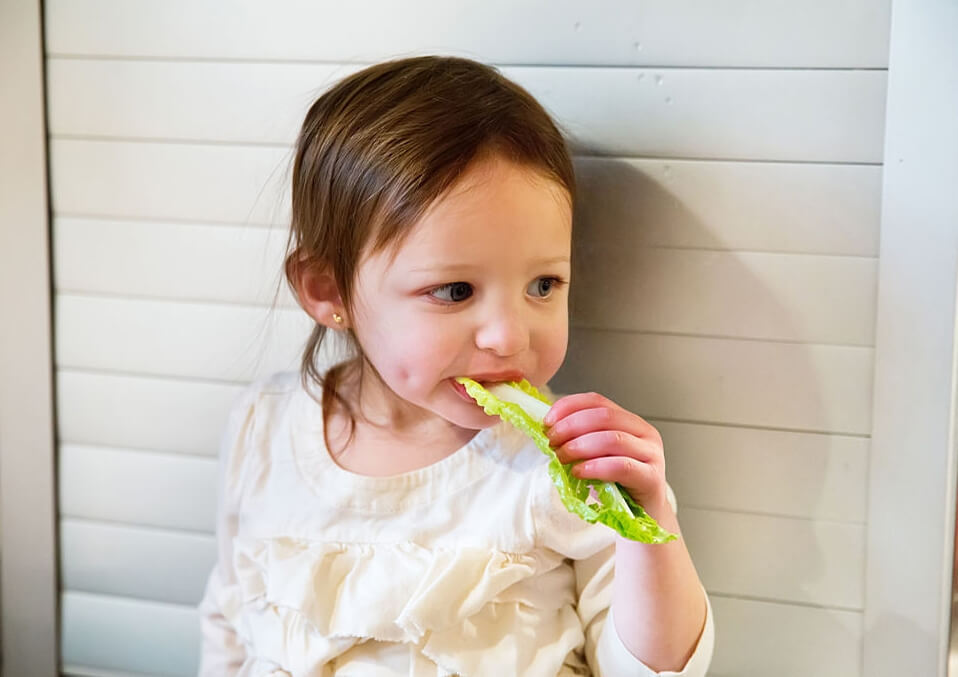Toddler vomiting with no fever is no fun and it can give you worries as well. A child who’s throwing up but doesn’t feel ill could be resulting in any kind of thing. Knowing what more to discover can help you slim down the causes for your child’s upset stomach and get her the medication she’s needing.
Stomach Flu
This is not the same as flu or influenza. It’s the word people use when it comes to the ailment called gastroenteritis. Usually, gastroenteritis is triggered by a virus such as a norovirus or rotavirus. But also, you can get it from bacteria like salmonella or E. coli. Even though norovirus can often start a low-level fever, you can also have it without having a fever at all. On the other hand, norovirus is transmittable. If your kid is having it, possibly she had it in one of the three methods:
- She ate food that had the virus in it.
- She mingled with someone who has it
- She touched something with the virus on it and then touches her mouth or nose right before cleansing her hands.
Warning signs begin 12 to 48 hours after your kid gets the bacteria. Aside from your child vomiting no fever, she’ll likely have nausea, diarrhea and stomach cramps. Most toddlers recover within 1-13 days.
Food Sensitivity

Sometimes toddler vomiting no other symptoms is a sign that he or she’s allergic to the food consumed. Vomiting may be his only sign, yet there could others as well, such as trouble breathing, wheezing, hives, trouble swallowing or repetitive cough. 9 out of 10 hypersensitive reactions are linked to the following foods:
- Fish
- Peanuts
- Milk
- Wheat
- Tree nuts such as cashews, almonds or walnuts
- Eggs
- Shellfish like shrimp
- almonds, cashews, or walnuts, for example)
- Soy
Babies who consume milk, certain grains, soy and other solid foods for the very first time are at danger for what’s called FPIES or “food protein-induced enterocolitis syndrome.” It appears 2 to 6 hours after they consume and makes a child randomly throwing up. Also, they may experience bloody diarrhea. Bring your baby to the doctor immediately if you feel she has FPIES.
Food Poisoning

Whenever bacteria are on the food that your kids eat, there’s a possibility that they could get food poisoning. The following are some of the bacteria that are on the food and cause baby vomiting after feeding no fever:
- Listeria
- E. coli
- Salmonella
- Campylobacter
You can get food poisoning from any kind of food, especially if it has not been cooked or kept properly. The most common perpetrators are:
- Eggs
- Meat
- Shellfish
- Poultry
Uncleaned Veggies, Like Lettuce

Your baby vomiting after feeding poisoned food. At times, it can take more than a day for the signs to appear. Often, your baby will also experience nausea, stomach pain, and watery diarrhea.
It’s very possible for food contaminating to trigger a fever, but it’s common for toddlers to keep gagging and throwing up, too. Signs can last from several hours to a couple of days
Conclusion
Children smash their heads a lot, especially when they’re learning to walk or if they’re playing sports.
A child throwing up no fever is among these signs and other includes:
- Headache
- Trouble walking
- Losing perception
- Blurred vision
- Slurred speech
- Confusion
Vomiting and other symptoms may not appear up until 24-72 hours after your baby knocks her head.
Medicines
If your baby takes specific treatments with an empty stomach, it will likely make the medicine for vomiting child. In some cases, throwing up is an indication you have given your baby because of too many medicines. The most common drugs that start this are:
- Iron
- Erythromycin
- Ibuprofen
- Codeine
- Acetaminophen
- Asthma medicines such as theophylline
- Birth control pills
Read also:
- Toddler Activities: 14 Chores List for 4 Years Old Kid
- Family Tips: Preparing your Toddler for your Second Baby
- How to Teach your Toddler to Pee: Potty Training Tips for You?


